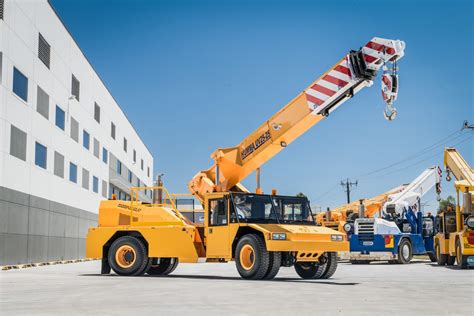When it comes to buying new tires for your vehicle, one of the most important factors to consider is the load index. Essentially, the load index indicates how much weight a tire can safely support at a given speed. However, many drivers are left wondering whether a higher load index is always better. In this article, we’ll explore the ins and outs of tire load indexes and whether higher is truly better.
Understanding Load Indexes
Load indexes are represented by a number that corresponds to a specific weight limit. For example, a tire with a load index rating of 90 can support 1,323 pounds, while a tire with a load index rating of 100 can support 1,764 pounds. It’s important to note that this weight limit is per tire, so if your vehicle has four tires, you need to multiply the load index by four to get the total weight capacity for the vehicle.
In addition to load indexes, tires also have speed ratings that indicate the maximum speed at which a tire can safely operate. Speed ratings are represented by a letter and range from L (75 mph) to Y (186 mph). It’s essential to choose a tire with both an appropriate load index and speed rating to ensure optimal safety and performance on the road.
Higher Load Indexes
At first glance, it might seem like a higher load index is always better. After all, a tire with a higher load index can support more weight, so it would seem like a safer and more reliable option. However, this isn’t always the case.
In reality, the load index requirement for your vehicle depends on the weight of the vehicle itself, as well as the weight of any cargo or passengers you may be carrying. If you choose a tire with a load index that is too high for your vehicle, you may be sacrificing other important aspects of tire performance, such as handling, comfort, and fuel efficiency. Additionally, tires with higher load indexes tend to be more expensive, so you may be paying for a feature that doesn’t actually benefit your vehicle.
Choosing the Right Load Index
The key to choosing the right load index is to carefully consider the weight of your vehicle and the conditions in which you typically drive. If you frequently carry heavy loads or drive on rough terrain, you may need a tire with a higher load index. However, if your vehicle is relatively light or you only occasionally carry heavy loads, a lower load index may be sufficient.
Ultimately, the best way to determine the appropriate load index for your vehicle is to consult your vehicle manual or speak with a tire specialist. They can help you analyze your vehicle’s weight and usage patterns to determine the right load index and speed rating for your needs. By making an informed decision about your tire purchase, you can ensure optimal safety, performance, and value for your vehicle.
Conclusion
While a higher load index can provide added support in certain situations, it’s not always the best option for every vehicle. By understanding load index ratings and carefully considering your vehicle’s weight and usage patterns, you can choose the right tire for your needs. With the right tires, you can feel confident and safe on the road, no matter where your journeys take you.
"











